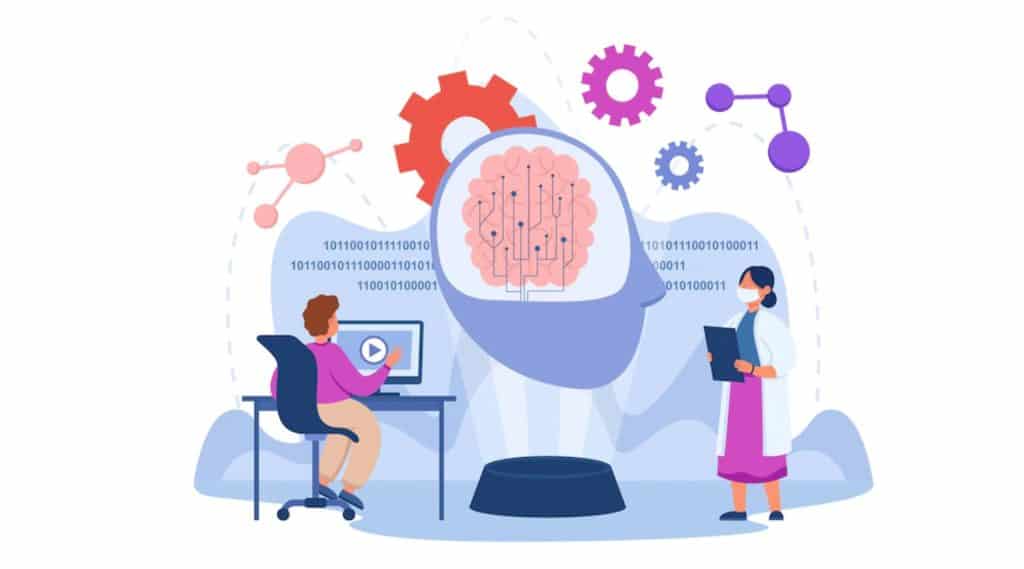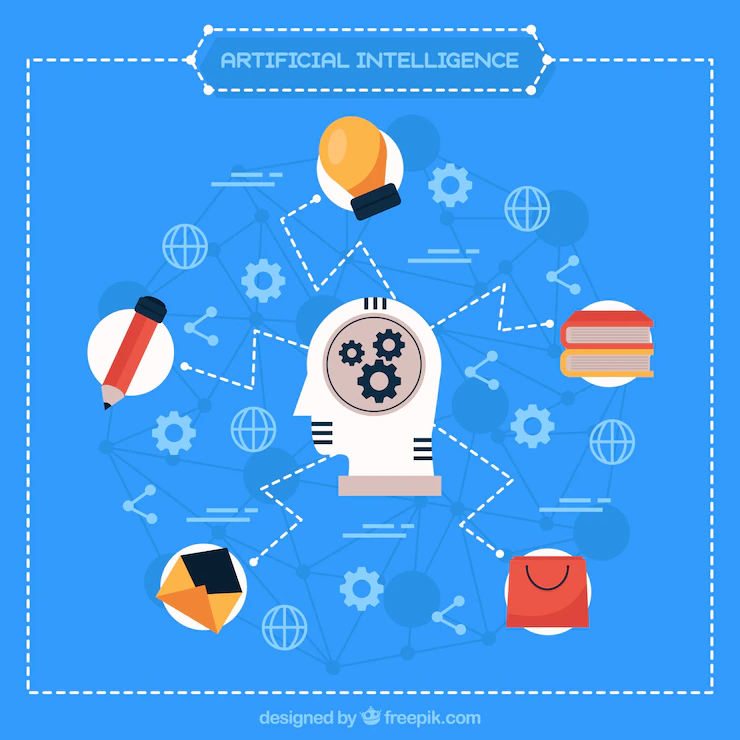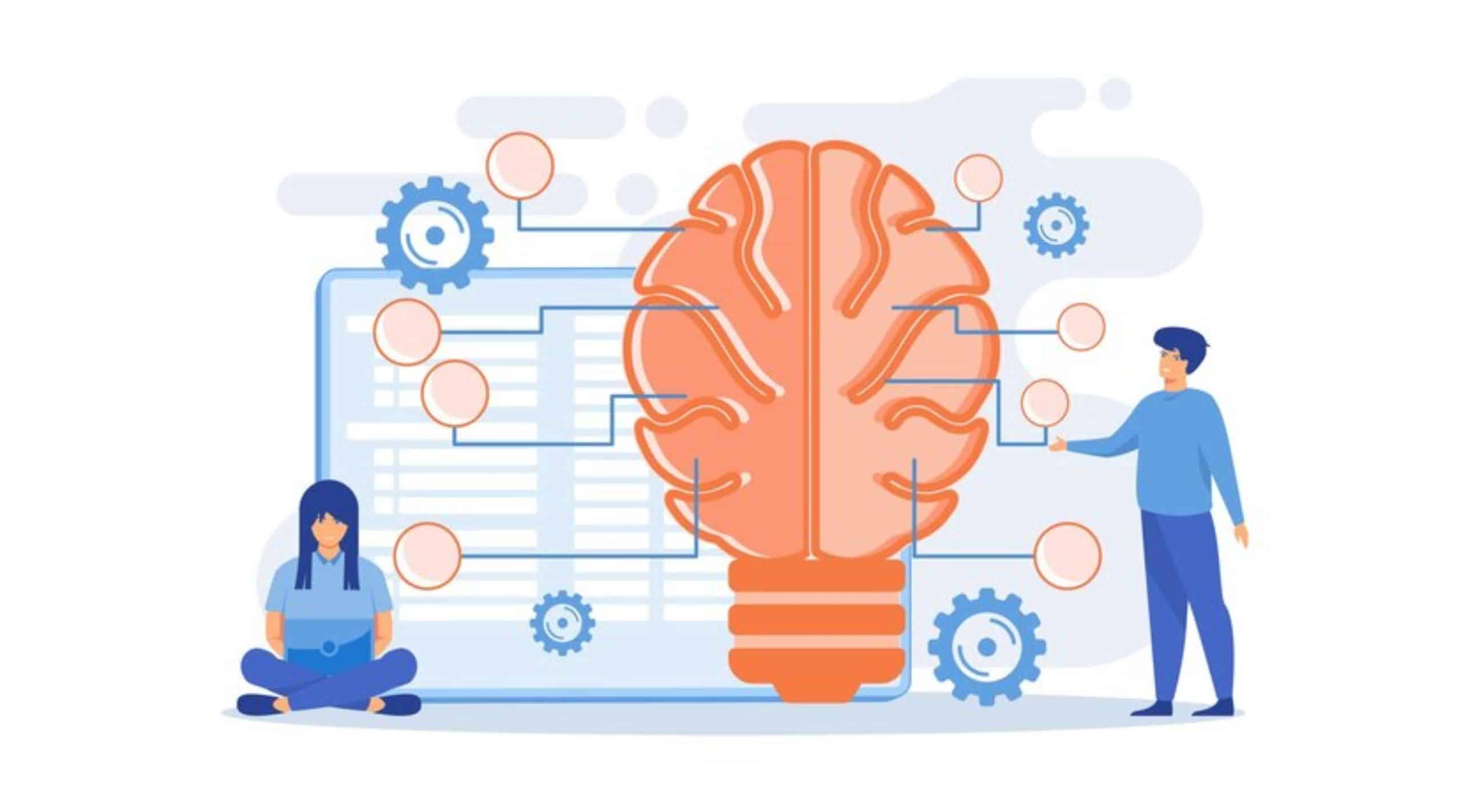Have you ever wondered how you learn new things? It’s all thanks to your brain!
The brain is like a super computer that takes in information and helps us understand it.
But have you ever wondered how the brain processes information?
How the Brain Makes Connections

When we learn something new, our brain makes new connections between neurons (brain cells). These connections are like tiny bridges that allow neurons to communicate with each other. The more connections we make, the better we understand and remember the information.
But the brain doesn’t just make connections when we’re sitting in a classroom or reading a book. It makes connections all the time, even when we’re sleeping.
This is why sometimes we can learn something new even when we’re not trying to.
Different Ways of Processing Information

There are different ways our brain processes information, but some of the most common are:
Visual learning: This is when we learn by seeing pictures or videos.
Auditory learning: This is when we learn by listening to someone talk or music.
Kinesthetic learning: This is when we learn by doing something hands-on like building a model or playing an instrument.
Everyone’s brain is different, so some people might learn better by seeing, while others might learn better by doing. It’s important to find out what works best for you and use it to help you learn.
Conclusion
So, next time you’re trying to learn something new, keep in mind that your brain is doing all the hard work! And if you want to learn effectively, try different ways to process information and figure out what works best for you.
Remember, by understanding how the brain processes information, you can make the most out of your learning experience.

Anyway, don’t miss your chance to showcase your knowledge and skills in Science by participating in the Kancil Science Competition 2023, registration is now open!
Registration can be done through our website 





